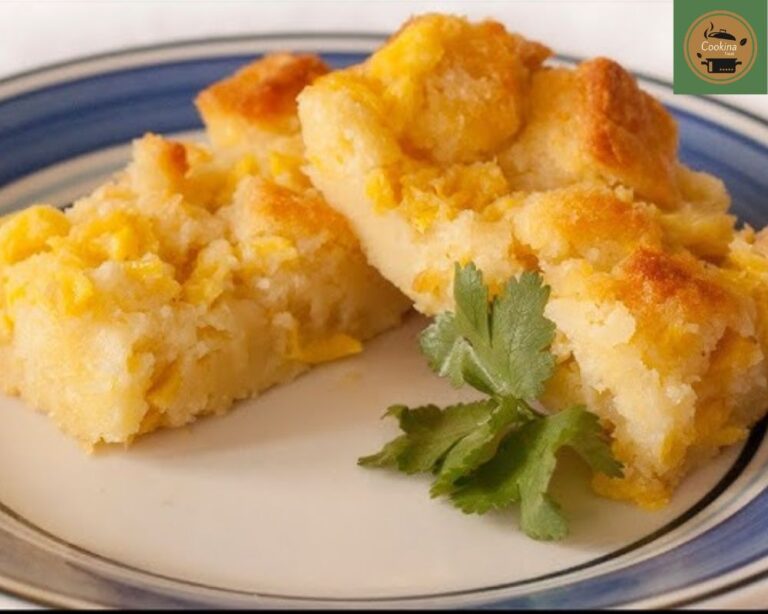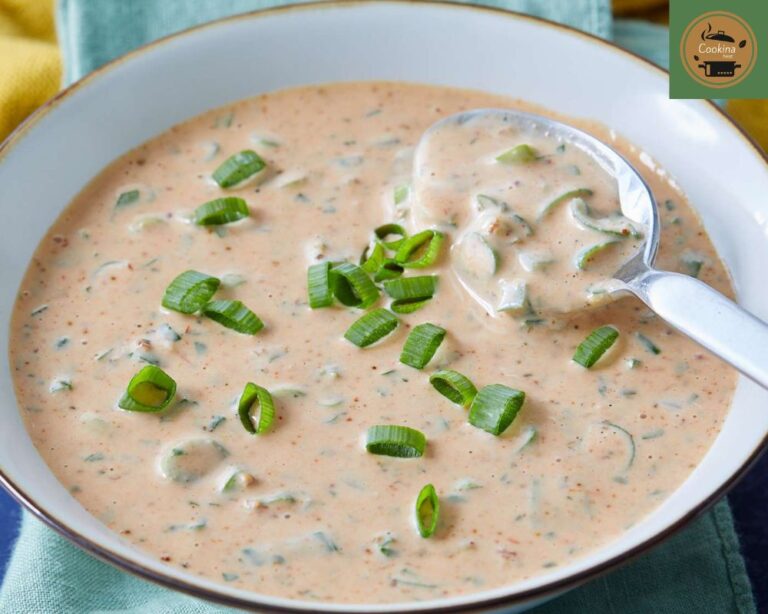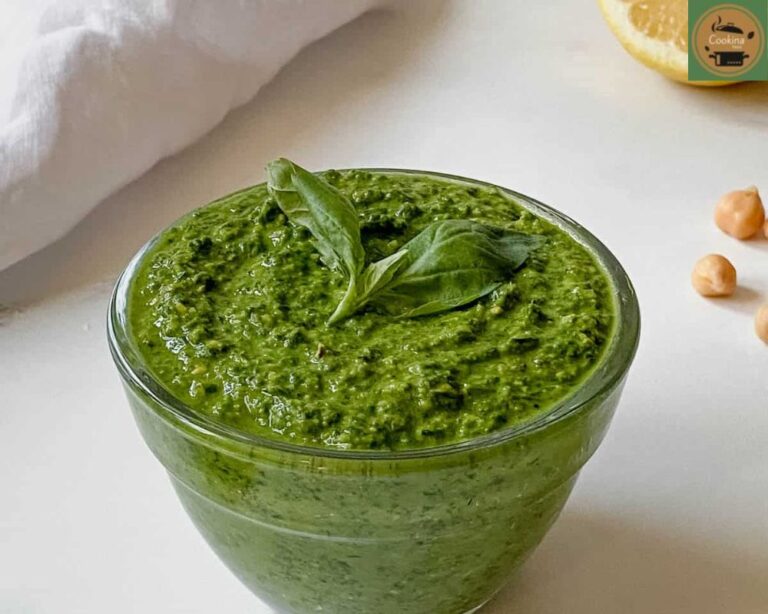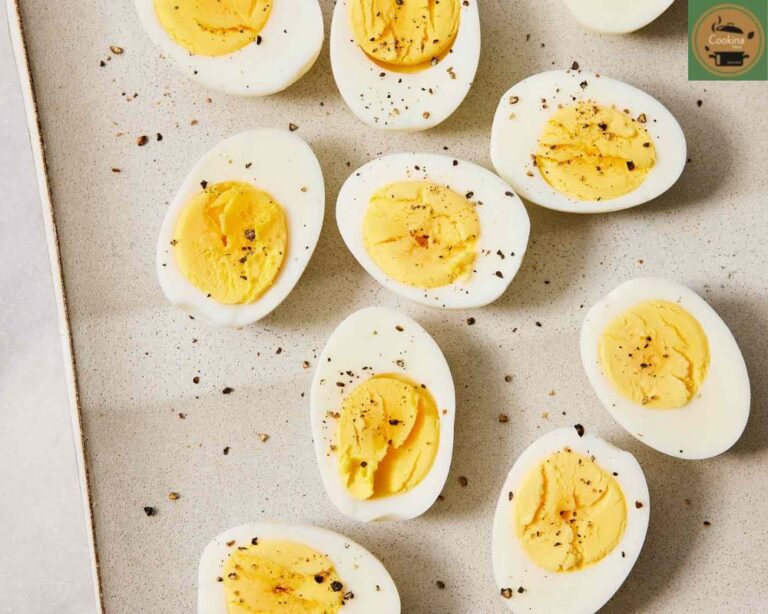Pumpkin Seed Milk Recipe: A Creamy, Nut-Free Plant-Based Alternative
If you are on the hunt for a creamy milk substitute that does not come with the usual nut allergies, Pumpkin Seed Milk might just be your new go-to. Rich in essential nutrients and boasting a unique flavor, this plant-based alternative is gaining traction among health-conscious consumers.
This article will guide you through everything you need to know about Pumpkin Seed Milk Recipe, including its benefits and how to make it at home. Prepare to be inspired by this versatile ingredient that can elevate your smoothies, coffee, and more.
What is Pumpkin Seed Milk?

Pumpkin seed milk is a non-dairy alternative that stands out for its unique nutritional profile and rich flavor. Made by blending soaked pumpkin seeds, or pepitas, with water, this creamy beverage offers a delightful nutty taste that complements various culinary applications.
The process of straining the mixture results in a smooth liquid, making it an excellent substitute for traditional dairy or other plant-based milks in smoothies, coffee, and even baking recipes. Rich in magnesium, zinc, and healthy fats, pumpkin seed milk not only adds a creamy texture to your dishes but also boosts their nutritional value
Its subtle earthy flavor allows it to pair well with diverse ingredients, whether you’re enhancing your morning cereal or crafting a decadent dessert, pumpkin seed milk can elevate the overall experience. Its versatility means it can easily adapt to different flavor profiles, whether infused with vanilla, sprinkled with cinnamon, or sweetened with honey, making it a delightful addition to any kitchen.
Why Pumpkin Seeds?
Pumpkin seeds, often overlooked as a mere snack, are a nutritional powerhouse that deserves a prominent place in your diet. High in protein, these tiny seeds can be an excellent addition to a vegetarian or vegan meal plan, offering a substantial protein boost that supports muscle repair and overall health.
Their rich content of magnesium, zinc, and iron makes them particularly beneficial for maintaining energy levels and supporting immune function. These minerals work synergistically to promote heart health and enhance bone strength, making pumpkin seeds a smart choice for anyone looking to bolster their nutrient intake.
Their impressive mineral profile, pumpkin seeds are loaded with antioxidants that help combat oxidative stress in the body. This antioxidant-rich composition not only protects cells from damage but also contributes to skin health and overall vitality.
They are packed with healthy fats, especially omega-6s, which are essential for brain function and hormonal balance. With their low carbohydrate content, pumpkin seeds provide a satiating crunch without the blood sugar spikes associated with many processed snacks. Incorporating these versatile seeds into your diet, whether sprinkled on salads, blended into smoothies, or enjoyed as a standalone snack can elevate your nutrition while delighting your taste buds.
Ingredients Pumpkin Seed Milk

- 1 cup raw, shelled pumpkin seeds (pepitas)
- 3–4 cups filtered water (adjust for creaminess)
- 1–2 medjool dates (optional, for sweetness)
- 1 tsp vanilla extract (optional)
- Pinch of sea salt
- Optional add-ins: ½ tsp cinnamon, 1 tbsp cocoa powder, or a splash of maple syrup
Step By Step Pumpkin Seed Milk Recipe

Step 1: Soak the Seeds
Place the pumpkin seeds in a bowl and cover with water, allowing them to soak for 6–8 hours or overnight. This initial step is crucial, as it not only softens the seeds but also activates their nutritional benefits. Soaking enhances digestibility by reducing the presence of phytic acid, which can inhibit nutrient absorption. As the seeds swell and soften, they become easier to blend, resulting in a creamier milk texture that elevates your final product.
Once the soaking time has elapsed, drain and rinse the seeds thoroughly under cold water. This simple act washes away any residual substances that may affect flavor and ensures you’re left with pure, clean seeds ready for blending.
Step 2: Blend
Once you’ve soaked your pumpkin seeds, it’s time to bring them to life in your high-speed blender. Begin by adding the soaked seeds along with 3–4 cups of filtered water. Remember, if you prefer a creamier consistency, opt for the lower end of that range. This is also the moment to unleash your creativity by incorporating optional ingredients like a dash of vanilla extract, a pinch of salt, or a sweetener like maple syrup or dates, depending on your taste preference.
Blend everything together for about 1–2 minutes, until the mixture transforms into a smooth and frothy delight. The key here is to ensure that the seeds are fully broken down, releasing their nutty flavor and nutrients into the liquid.
Step 3: Strain
Once you’ve blended your pumpkin seeds into a smooth, creamy concoction, it’s time to focus on the straining process, which is crucial for achieving that silky texture we all desire in nut milks. Using a nut milk bag, cheesecloth, or a fine mesh strainer, carefully pour the blended mixture into your chosen straining tool set over a clean bowl or jug. This step not only separates the liquid from the pulp but also enhances the overall mouthfeel of your pumpkin seed milk.
As you strain, be sure to squeeze or press well to extract as much liquid as possible. This is where you can truly appreciate the effort you’ve put into soaking and blending each squeeze releases the rich, nutrient-dense milk while leaving behind the fibrous remnants of the seeds.
Step 4: Store
Once you’ve strained your homemade pumpkin seed milk, it’s time to focus on storage to maintain its freshness and flavor. Transfer your milk into a sealed jar or bottle, ensuring that it’s airtight to prevent any unwanted odors from mingling with your delicious creation. Glass jars are often preferred for their ability to keep the milk cool and free from contaminants, plus they’re environmentally friendly and reusable.
Store in the refrigerator for up to 5 days, but don’t worry if you notice some separation, this is a natural occurrence due to the absence of stabilizers found in commercial options. Just give it a gentle shake before each use to re-emulsify the mixture.
Read More: Air Fryer Burgers Recipe: A Fast and Flavorful Way to Cook Burgers
Conclusions
Making pumpkin seed milk is a straightforward and rewarding process that opens up a world of culinary possibilities. This creamy beverage not only offers a delightful taste but also packs a nutritional punch, making it an excellent choice for health-conscious individuals. With its versatility, pumpkin seed milk can be easily incorporated into various recipes or enjoyed on its own, providing a satisfying alternative to traditional dairy products.
Crafting your own milk at home allows you to control the ingredients and flavors to suit your preferences. Do not hesitate to experiment with the Pumpkin Seed Milk Recipe, start blending today and discover the unique benefits of pumpkin seed milk for yourself.
FAQs
Does pumpkin seed milk taste like pumpkin?
Not at all. Pumpkin seed milk has a mild, nutty, earthy flavor, closer to sunflower seeds than pumpkin pie. It’s subtle and easy to flavor with vanilla, cocoa, or sweeteners.
Can I use roasted pumpkin seeds?
It’s best to use raw, shelled pumpkin seeds (pepitas). Roasted seeds may add a bitter flavor and don’t blend as smoothly. They also lose some nutrients in the roasting process.
How long does it last in the fridge?
Homemade pumpkin seed milk lasts 4 to 5 days in the refrigerator. Always store it in an airtight container and shake before use.
Can I freeze pumpkin seed milk?
Yes! Freeze in ice cube trays or jars (leave room for expansion). Thaw as needed and give it a good shake or blend for consistency.
Is it keto or low-carb friendly?
Yes. Pumpkin seed milk is low in carbs and suitable for low-carb or keto lifestyles, especially when made without sweeteners.
How does it compare to almond milk?
Pumpkin seed milk is nut-free, making it a safer option for allergies. It’s also richer in zinc and magnesium than almond milk, and has a unique green hue. While almond milk is lighter, pumpkin seed milk is creamier and more nutrient-dense.
Can I heat pumpkin seed milk?
Yes, it’s great to warm up! Use it in lattes, hot cocoa, or cooking. Just avoid boiling it, as it may separate slightly.







